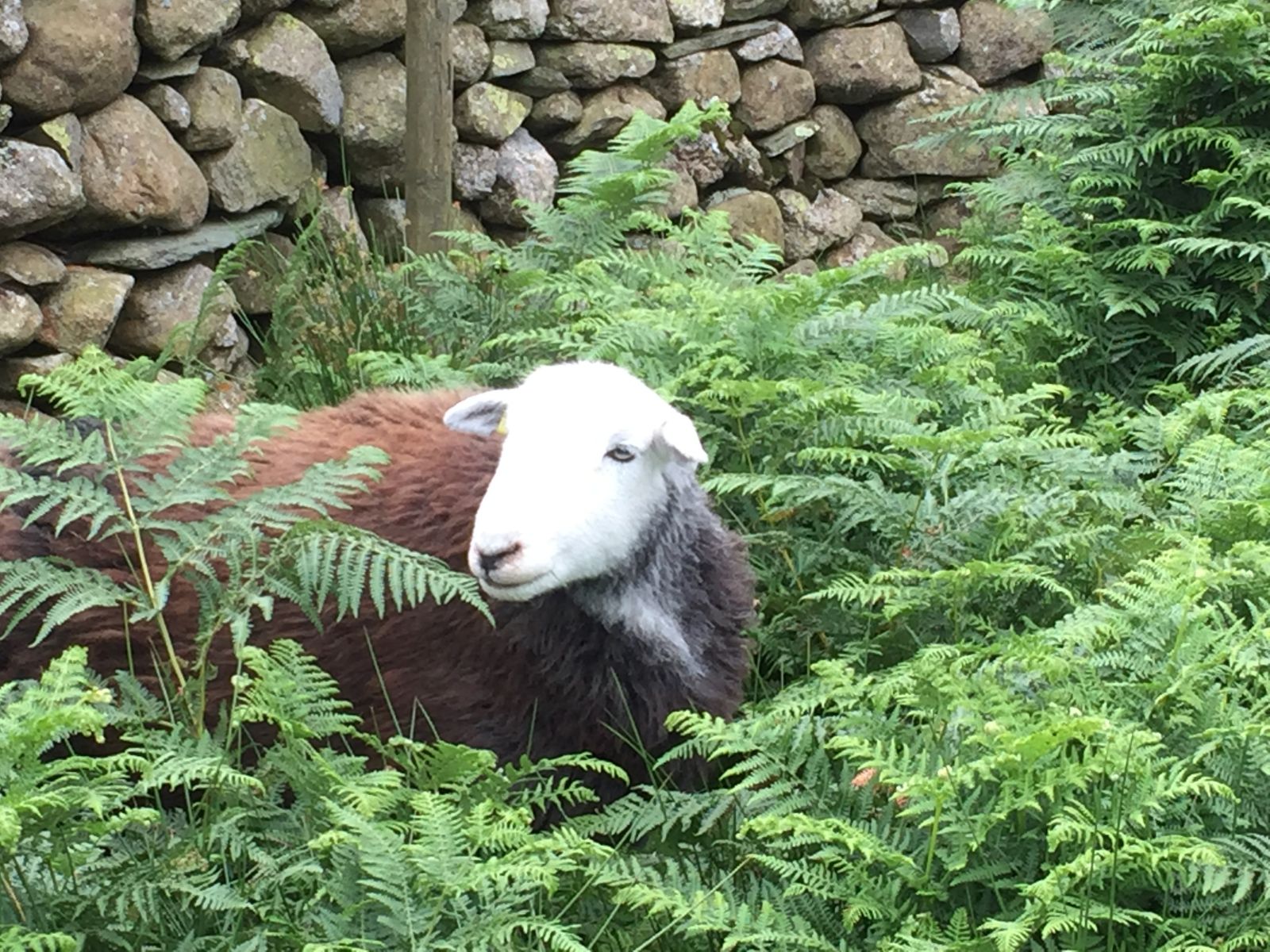And other knotty questions that people want answering!
We often get asked a range of questions: Just CLICK the question below!
What are most railway sleepers made from?
Wooden railway sleepers are described as hardwood or softwood. What does that mean?
What type of wood are our railway sleepers made from?
Which wooden railway sleepers last longest?
Which railway sleeper do you recommend for a retaining wall?

Q. What are most railway sleepers made from?
When you glance down at a railway track, cursing Network Rail as you impatiently wait for your train and wondering when it's finally going to arrive, the last thing on your mind is to notice what the railway sleepers are made of.
Answer: Most railway sleepers are wooden or concrete, but recently plastic has emerged.
For the first 100 years railway sleepers were normally made from Wood. Most countries tended to use whatever timber they had lots of. So the UK used Pine, France used Oak, Germany often used Beech, Australia used Jarrah, Africa used Azobe & other tropical hardwoods, and Russia used Pine. By the 1940's, Concrete railway sleepers were widely being used, as a more durable alternative that involved less maintenance, and was seen as more environmentally friendly than creosoted wooden railway sleepers. A limited amount of Steel railway sleepers were then introduced in the 1980's, but with some problems of corrosion, metal fatigue and a lack of insulation. Plastic or composite railway sleepers are now seen as the latest way forward, and are swiftly overtaking all other types of new railway sleepers as being most environmentally friendly. Unlike traditional wooden railway sleepers, they do not split, rot or degrade over time and can resist water, oil, chemicals and fungi. Designed for over 50 years of use, when they are eventually replaced, they can be recycled to make new railway sleepers.
CURIOUS FACT: Railway sleepers in Britain were first made of stone, and were originally used to build the first railway line from London to Birmingham in Victorian times. This practice was soon dropped in 1838 when engineers realised that these square stone railway sleepers were too rigid, created too much vibration and could not cope with heavy steam trains, so they replaced them with wooden railway sleepers that were more flexible and absorbed train movement.
2ND CURIOUS FACT: Laying one mile of railway track with wooden railway sleepers requires 810 mature oak trees, while an equivalent length of composite plastic railway sleepers uses two million plastic bottles, 8.9 million plastic bags and 10,800 used car tyres that could otherwise end up in landfill. Food for thought!
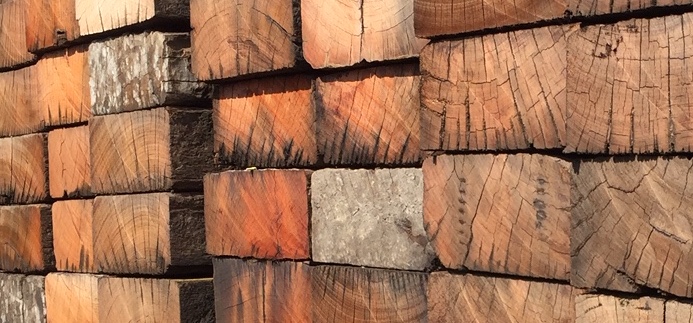
Q. Wooden railway sleepers are described as hardwood or softwood. What does that mean?
As a child I used to make model aeroplanes using balsa wood. I naturally assumed that this low weight and easy to bend timber was a softwood. Cutting was a doddle, and it was as light as a feather. What else could it be!
Answer: Surely it's obvious!
You would think that the answer was really simple. 'Hardwoods are hard and softwoods are soft!' As it happens this really obvious statement is principally true but more from good luck than judgement. There are softwoods which are hard, (Yew), and there are hardwoods which are soft, (Balsa wood - softer than any softwoods!) You see, the real definition of whether wood is termed a hardwood or a softwood is nothing at all to do with it's strength or durability. Put simply, hardwood timber normally comes from trees which lose their leaves annually (termed 'deciduous') and softwood timber normally comes from trees which remain evergreen (termed 'conifers'). Hardwood trees tend to be slower growing, which nomally means that the wood is usually denser, and more durable. Softwood railway sleepers are always pressure treated to make them last longer.
CURIOUS FACT: The tallest known living tree in the world is a giant redwood in California called 'Hyperion' that was measured at 116 metres (380ft) tall in 2019. Apparently it would be even taller but woodpecker activity at the top may have prevented the tree from growing higher! It is estimated to be almost 800 years old.

Q. What type of wood are our railway sleepers made from?
If you were brought up as a vegetarian and were asked what was the difference between a T-bone, tenderloin, brisket or shank, you'd probably look fairly blank. It's fairly similar with most people and types of timber!
Answer: Our railway sleepers are split into 3 types of wood.
1) Softwood. About 80% of the timber used in the world is softwood, including different species of Pine, Conifer, Spruce, Larch etc...They are cheaper and faster grown than most hardwood timbers, and when used as railway sleepers they are pressure treated to make them last longer, e.g. New British pine railway sleepers
2) European hardwood. More expensive and slower grown than most softwood timbers, and include different species of Oak and Beech etc.. Used European hardwood railway sleepers were creosote treated to make them last longer, e.g. Used Dutch oak railway sleepers whereas New European hardwood oak 'landscaping' railway sleepers are normally untreated, e.g. New oak railway sleepers.
3) Tropical hardwood from Africa, South America, Australia etc.. These untreated timbers are naturally very long lasting, more expensive, slow growing, and include different species of Jarrah, Azobe, Mora etc.. They come in different grades, e.g. Used Jarrah & Tropical top grade railway sleepers & Used African Azobe Grade 1 railway sleepers.
CURIOUS FACT: There are roughly three billion railway sleepers in use throughout the world, with about 17.5 million in the UK. Generally speaking, most countries historically used whatever timber they had lots of. So the UK used Pine, France used Oak, Germany used Beech, Australia used Jarrah, Africa used Azobe & tropical hardwoods, and Russia used Pine. Unfortunately colonial powers also plundered the forests of their colonies, hence the large amount of tropical hardwood railway sleepers used in Europe.

Q. Which wooden railway sleepers last longest?
We all want to know how long our beautiful railway sleeper project will last! There's nothing more frustrating than spending all your time landscaping your garden and then having to replace it in just a few years. Rotting timber is so depressing!
Answer: Tropical hardwoods tend to win the day!
Generally speaking..
a) hardwood railway sleepers last longer than softwood ones,
b) used tropical hardwood railway sleepers last longer than oak hardwood, (of which creosote treated oak lasts longer than untreated new oak)
c) top grade railway sleepers last longer than lower grade ones.
So, top grade used Azobe railway sleepers and top grade used Jarrah & tropical hardwood railway sleepers last longest, followed by top grade used Dutch oak creosoted tunnel railway sleepers.
CURIOUS FACT: The world’s oldest wooden structure, found in 2023 by archaeologists in Zambia, dates back almost half a million years. The structure was likely part of a platform or site to store food or firewood. Markings on the timber demonstrate that they were cut and chopped with a range of stone tools about 476,000 years ago. Now that's a challenge for your railway sleeper project!!

Q. Which railway sleeper do you recommend for a retaining wall?
Be it an ancient dry stone wall, a dramatic fortified castle, or a tiny breeze block wall within a housing estate, people love to create boundaries. Whether for security or simply to provide a private sanctuary, a wall says 'This space is mine, and that space is yours'. A railway sleeper wall is an easy way of building unobtrusive different areas within a garden. Attractive & natural looking.
Answer: Depends on your budget!
The pros and cons in summary:
New British softwood pine railway sleepers are cheaper, stylish, come in lots of different sizes, easy to build with, but don't last so long.
Used Dutch hardwood oak railway sleepers are good value, strong, long lasting, weathered, pretty heavy and are creosote treated.
New oak railway sleepers are popular, fairly expensive, quite heavy, reasonably durable & are straightforward to build with.
Used tropical hardwood & Azobe railway sleepers are astonishingly durable, weathered, heavy, tougher to cut, expensive but the bee's knees!
CURIOUS FACT: The Great Wall of China is the longest wall in the world and is approximately 13,170 miles long, made up of a series of walls, watchtowers and fortresses. By contrast, if you wanted to build a similar length railway sleeper wall that was a puny 2 metres high, (which wouldn't really keep out marauding bandits) you would need about 84.7 million no. 2.6m x 250mm x 150mm railway sleepers, costing about £2.1 billion (with discount). Please order online!
BUY ONLINE or
RING DIRECT
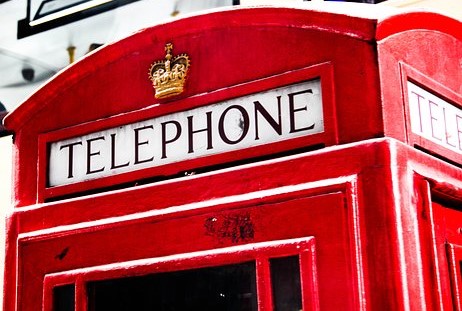
0115 9890445
enquiries@railwaysleepers.com
WHICH
RAILWAY SLEEPERS ARE
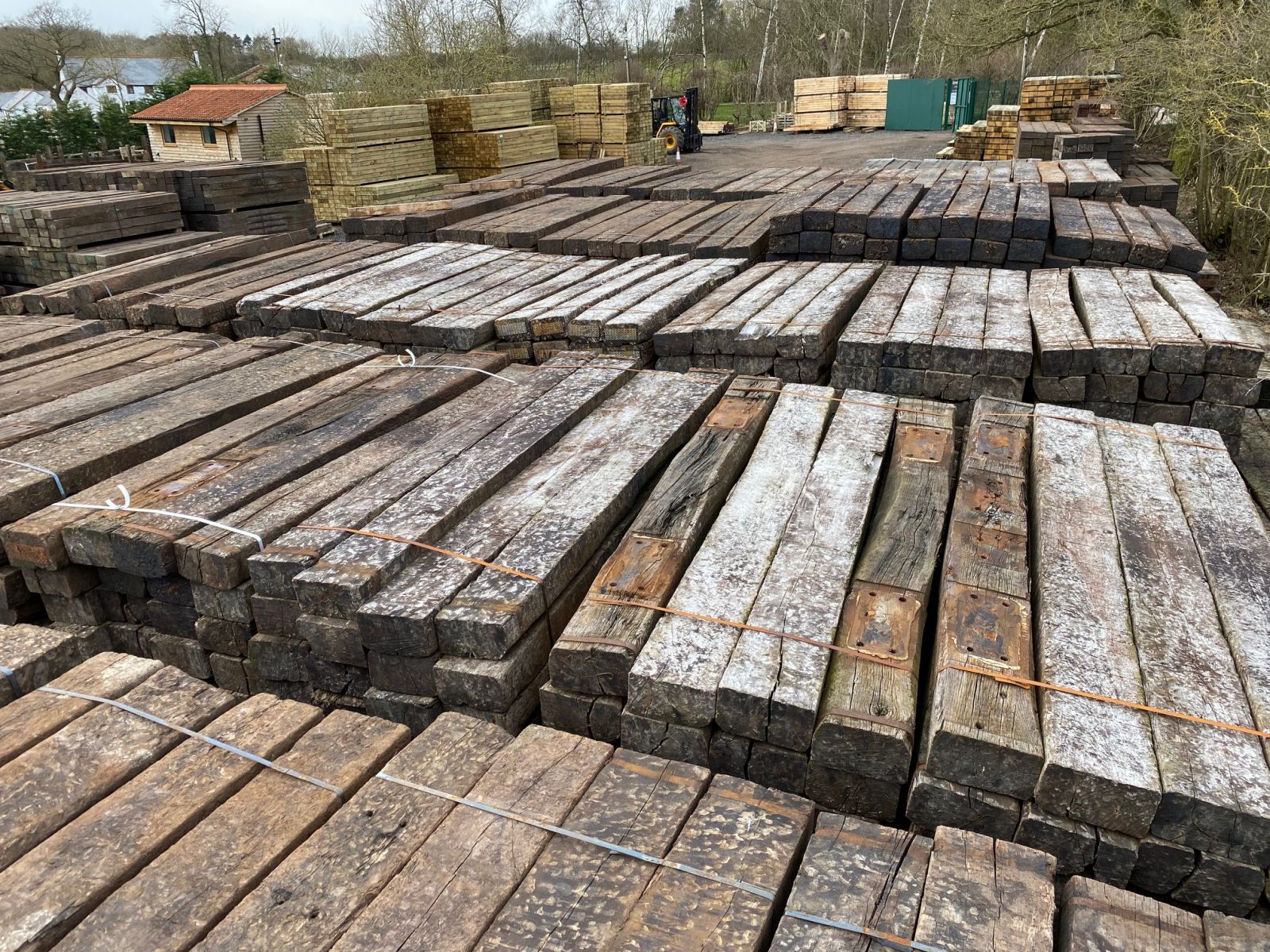
THE BEST?
JUST A CLICK CLICK CLICK AWAY
INSPIRATION?
NEED IDEAS?
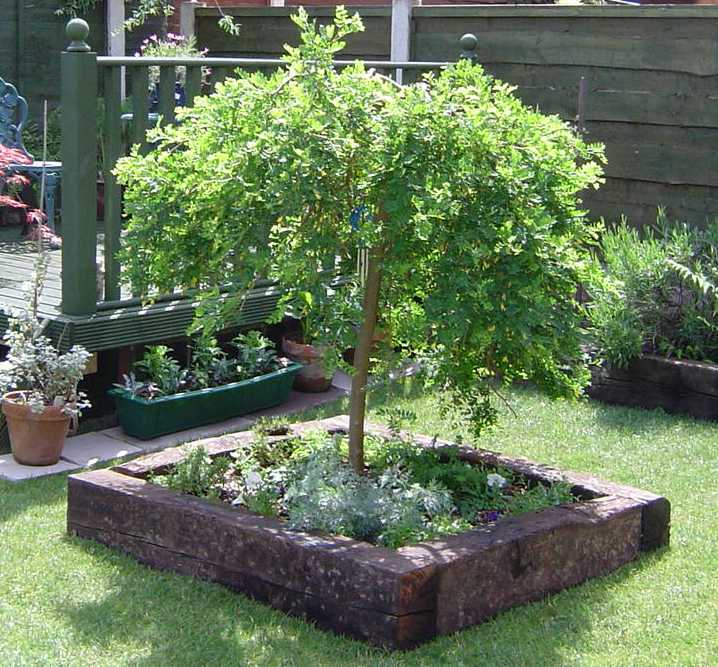
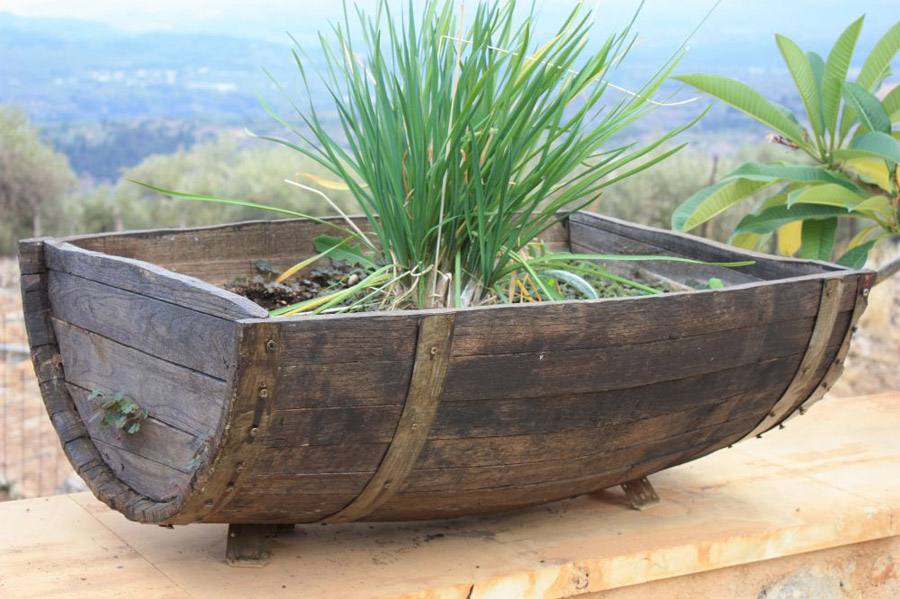
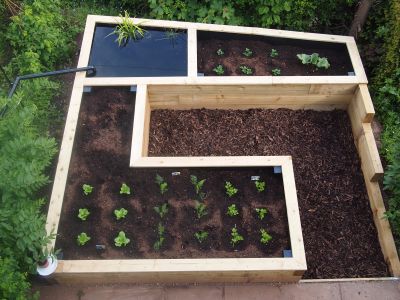
CLICK for the WORLD'S
LARGEST COLLECTION of
RAILWAY SLEEPER PROJECTS
SHARE
your project and creation
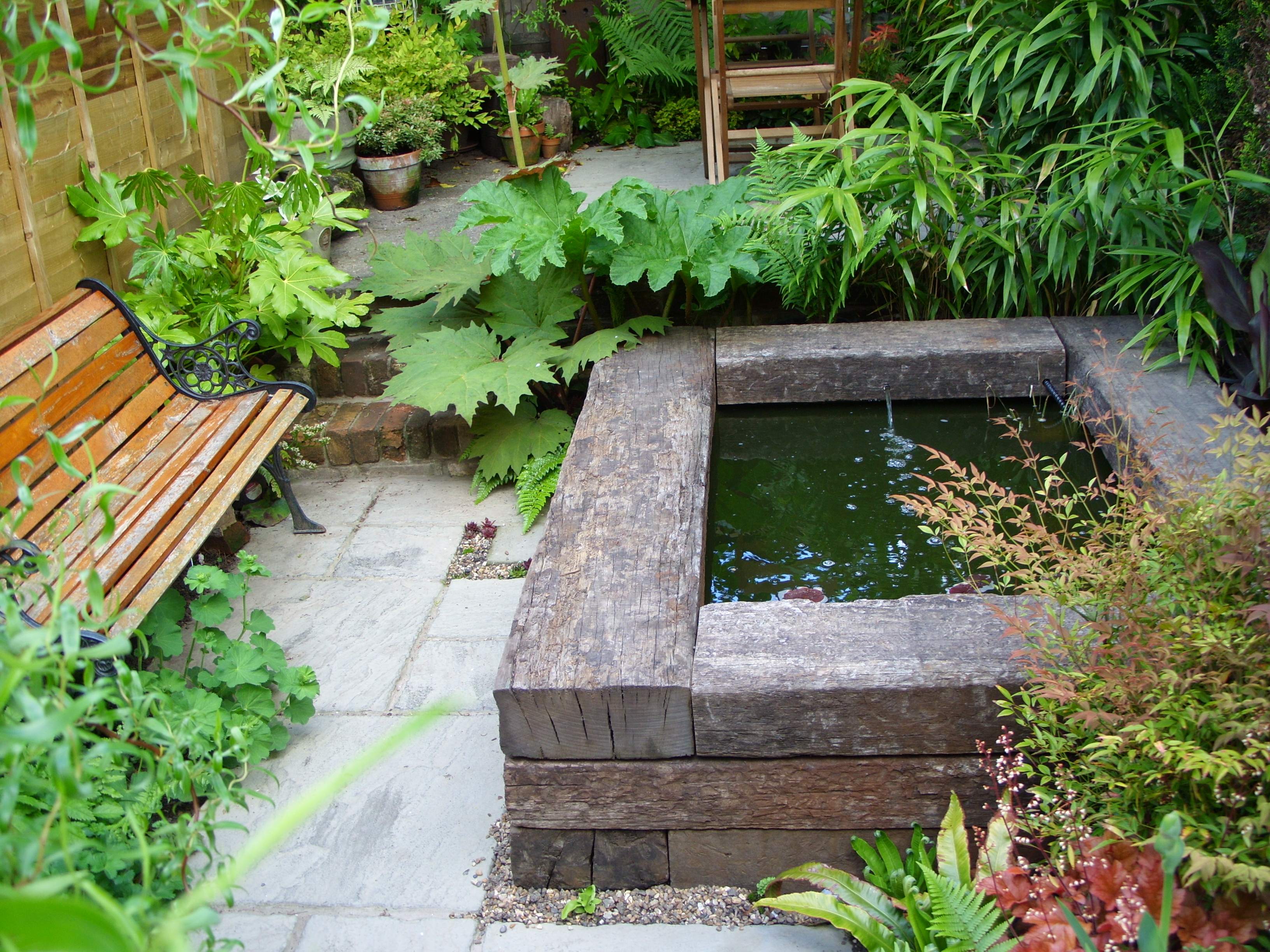
SEND your PHOTOS to
enquiries@railwaysleepers.com
or WhatsApp 07816 959310
CONFUSED?
Need some advice?
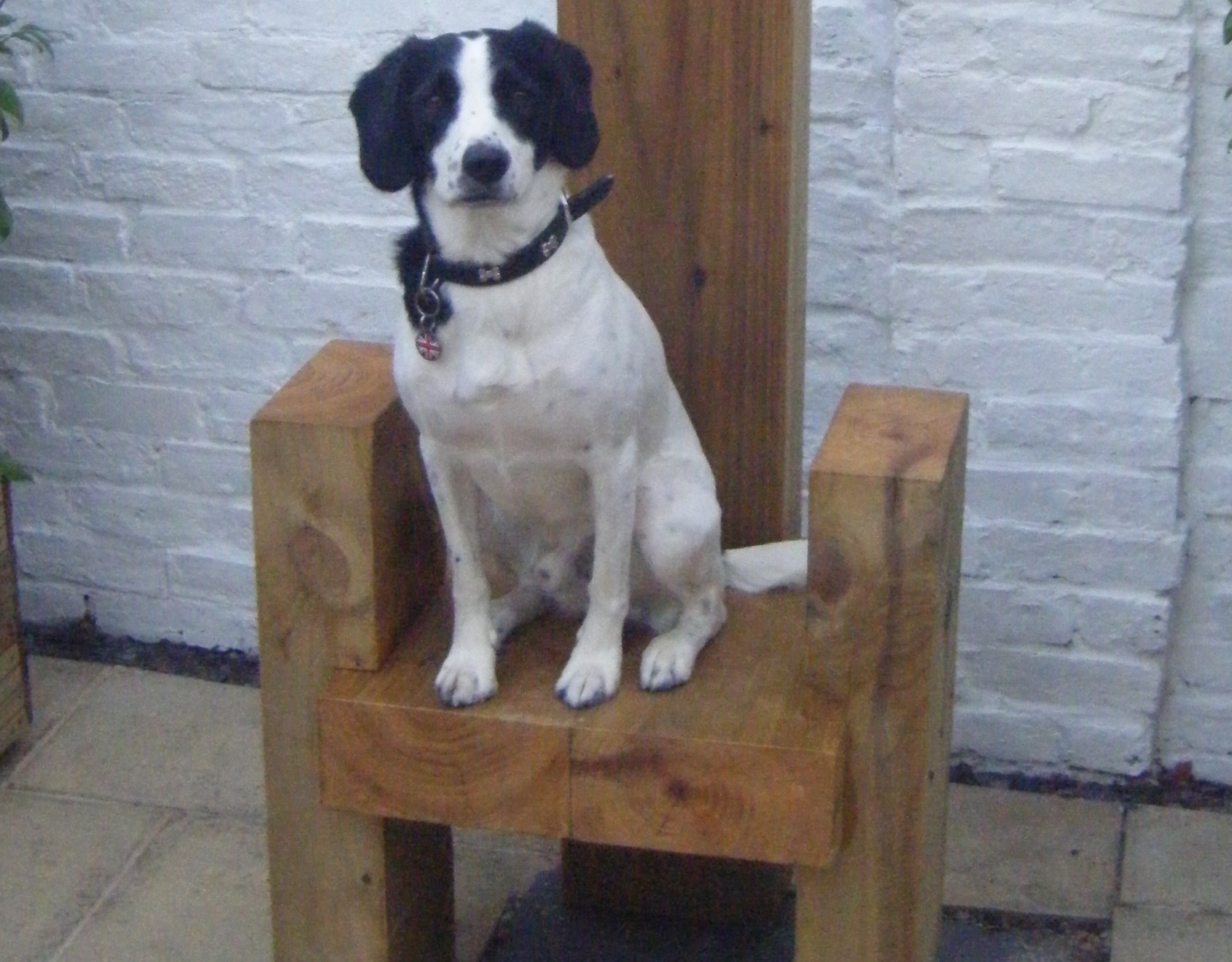
CONTACT US & we'll help you
work out what items you need.
0115 9890445


